DEL ALMENDRÓN DE PUEBLO, AL ALMENDRÓN DE TURISMO (ESP/ENG)
Hola, Hivers✨
Con un saludo😘 a los miembros de esta comunidad, les comparto este post. De antemano, muchas gracias por la lectura.🙏
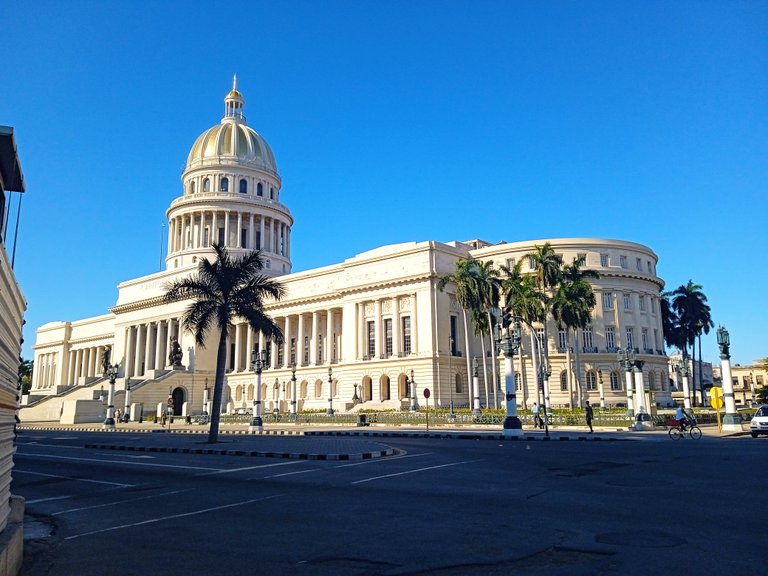
En Cuba, por regla general, casi todo llega tarde: desde la moda hasta la tecnología. Y el transporte no escapa a esa realidad. Los autos modernos también tardaron en llegar, por lo que aquí existe un arsenal de autos antiguos o clásicos, como Chevrolet, Ford y Plymouth, entre otros, que desde que llegaron al país procedentes de Estados Unidos allá por los años 40, nunca han dejado de funcionar. Es decir, llegaron para quedarse, como tantas otras cosas.

Estos dinosaurios rodantes constituyen un ejército importante en la transportación del cubano, principalmente en la capital. Son llamados "almendrones" por el imaginario popular, debido a la forma ovalada de muchos de ellos. Y, por supuesto, han sufrido cambios, metamorfosis e innovaciones que les han permitido llegar hasta nuestros días. A muchos de ellos se les han adaptado piezas de otros autos para que puedan seguir prestando servicio.
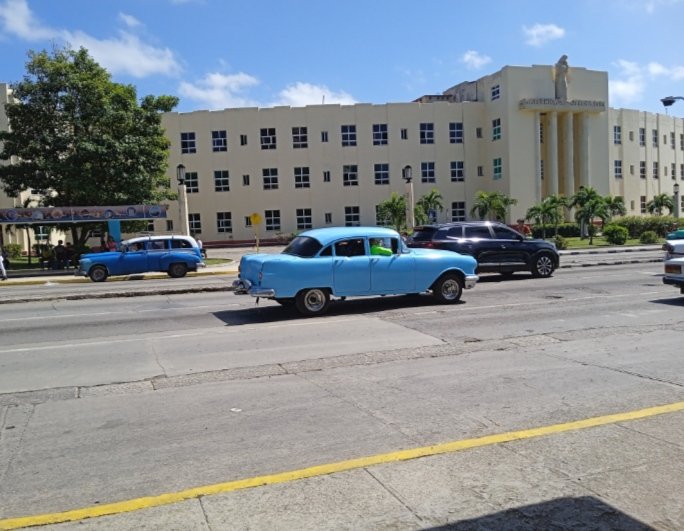
Pero es justo destacar que estas máquinas, como también se les suele llamar por aquí, se clasifican en varios grupos (los clase A y los clase B, según mi entender), ya que cada uno tiene características y funciones diferentes. Incluso, la forma de hablar y de vestir varía entre unos y otros choferes.
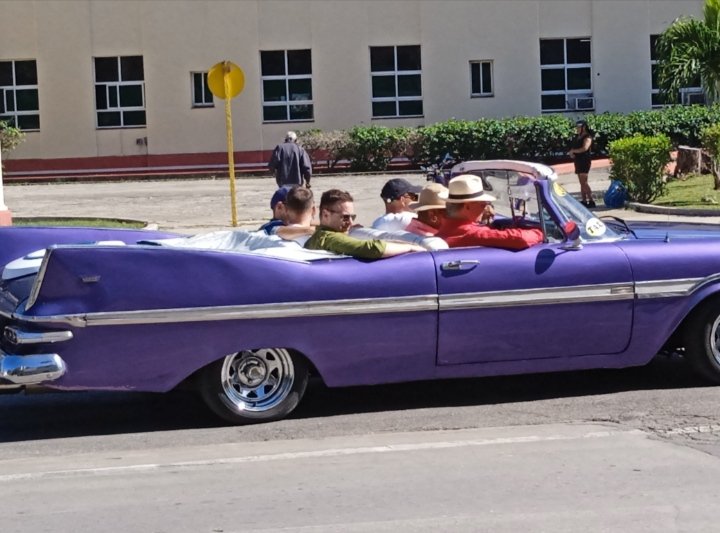
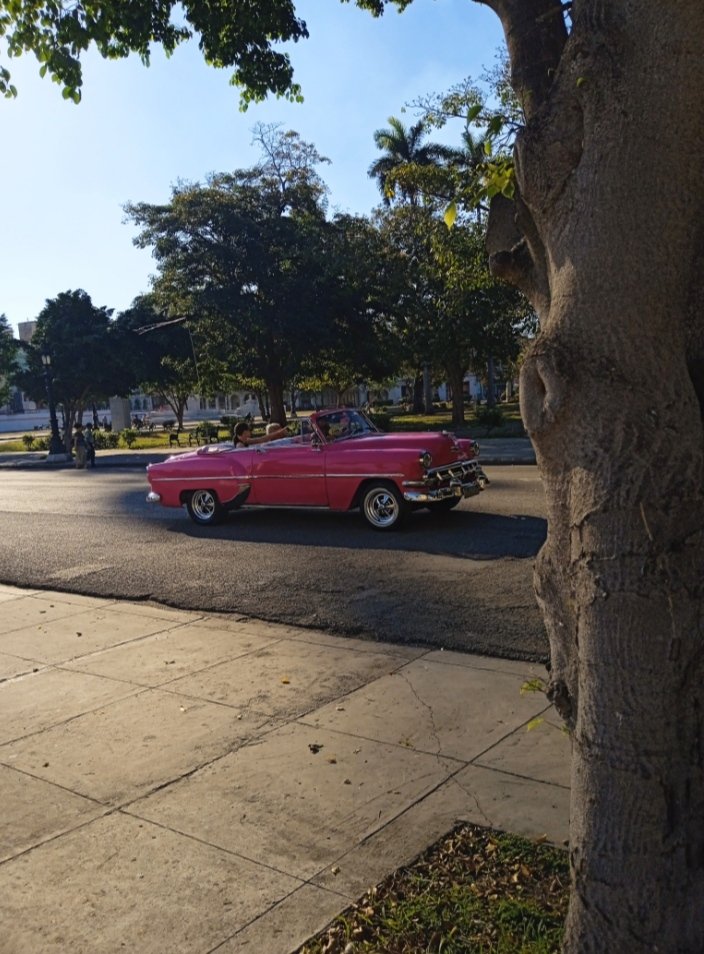
De manera que, si ves uno o más de estos autos flamantes cerca de algún hotel, restaurante o centro turístico, con la pintura brillante e impecable, cristales relucientes e incluso descapotables, con silenciador en el tubo de escape, y si el lenguaje del chófer es respetuoso y su ropa es fina (sombrero, guayabera, pantalón y zapatos de vestir), puedes estar seguro de que es un auto clase A, destinado al servicio turístico. Solo pueden subir a ellos quienes paguen en moneda dura, ya sean cubanos o extranjeros.
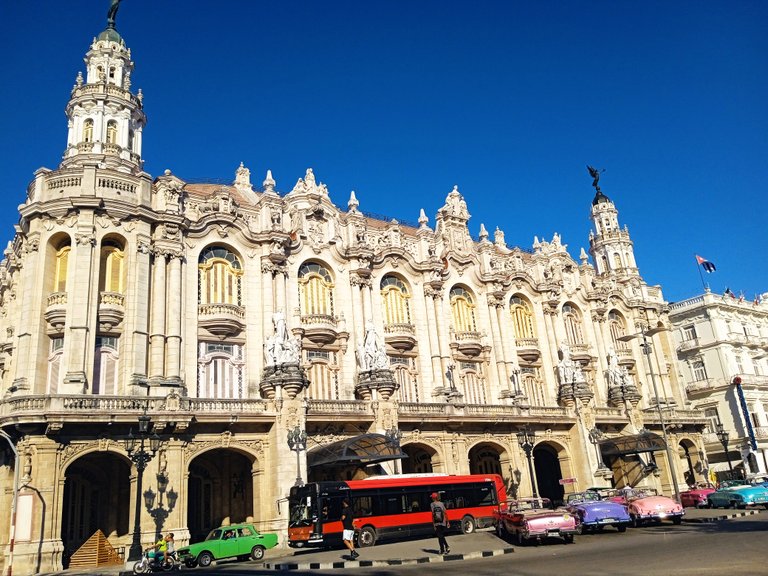
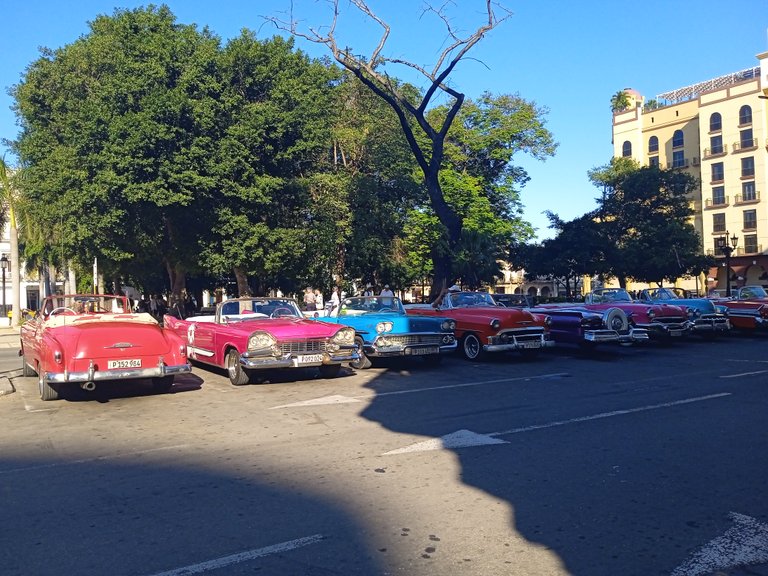
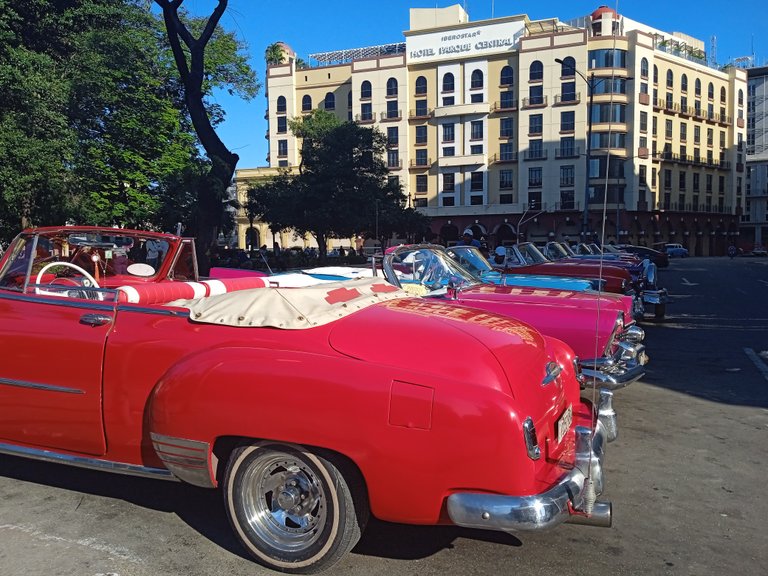
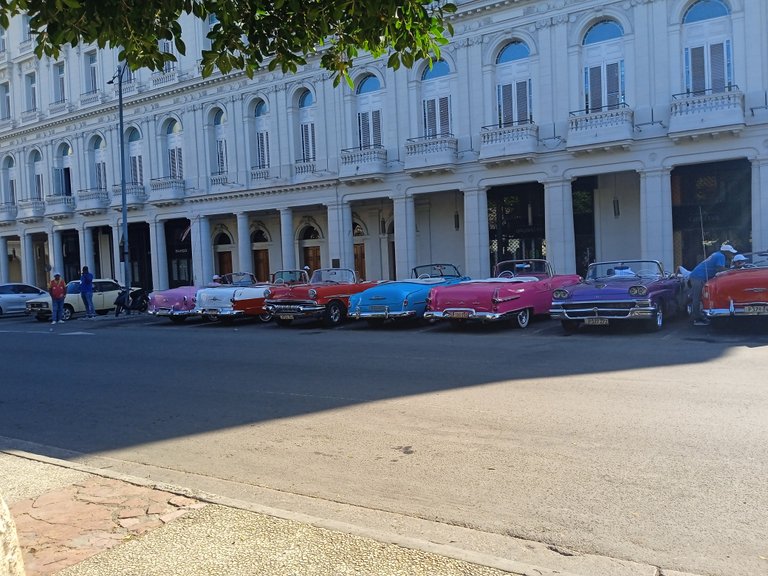
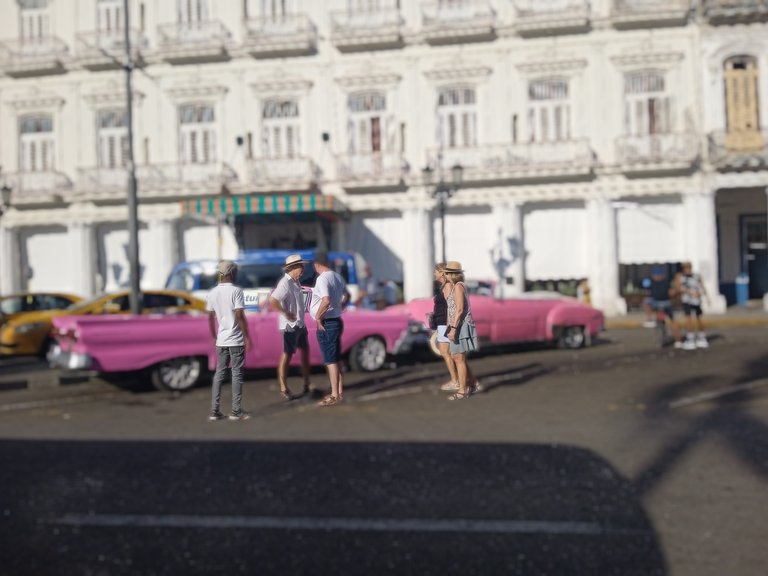

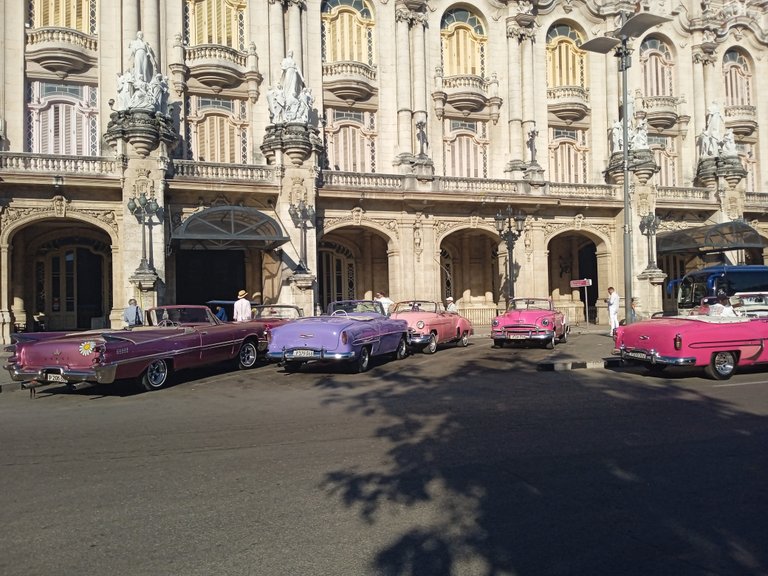
Por otra parte, si vas caminando por alguna calle y ves un almendrón sucio (aclaro que no son todos), con la pintura desgastada, el parabrisas roto, echando mucho humo o haciendo mucho ruido, y si el chófer, por lo general, utiliza un lenguaje popular y su vestimenta no es elegante, puedes estar seguro de que es clase B y transporta a "simples mortales", gente de a pie, de pueblo. Aunque, en los últimos tiempos, los precios han subido tanto que ni siquiera cualquier simple mortal puede hacer uso de ellos. Yo misma lo pienso tres veces antes de decidirme a montar en alguno.
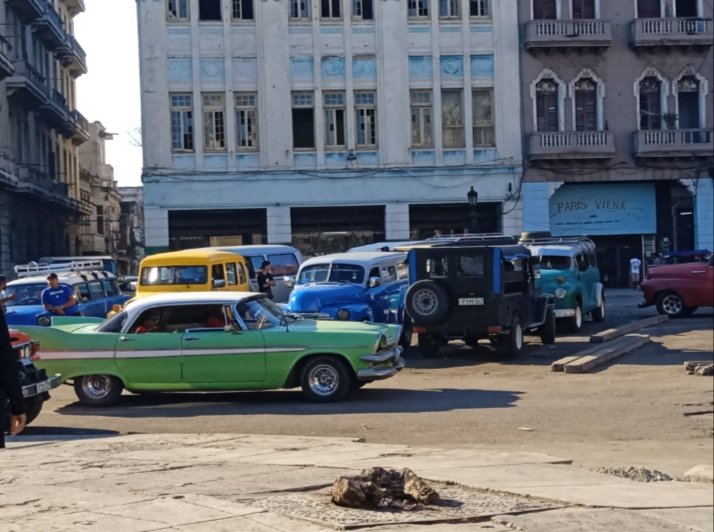
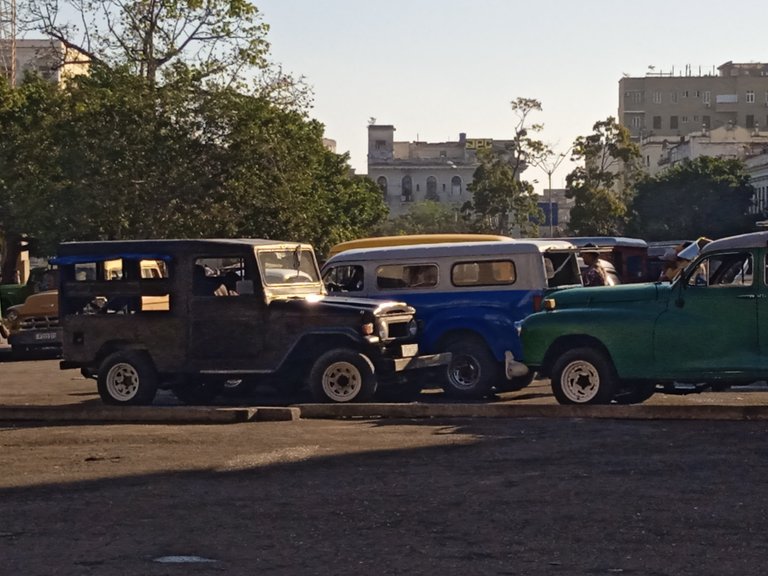

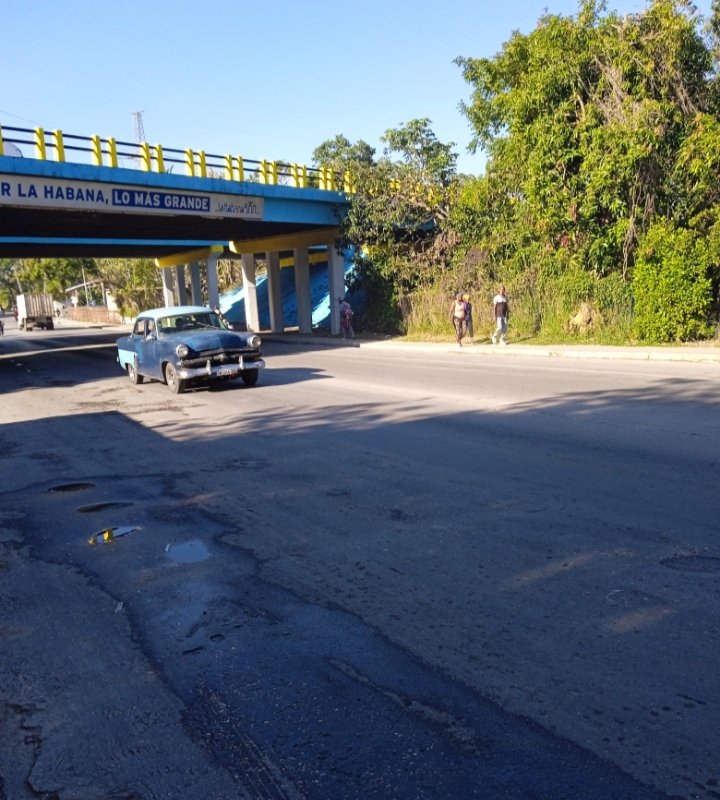
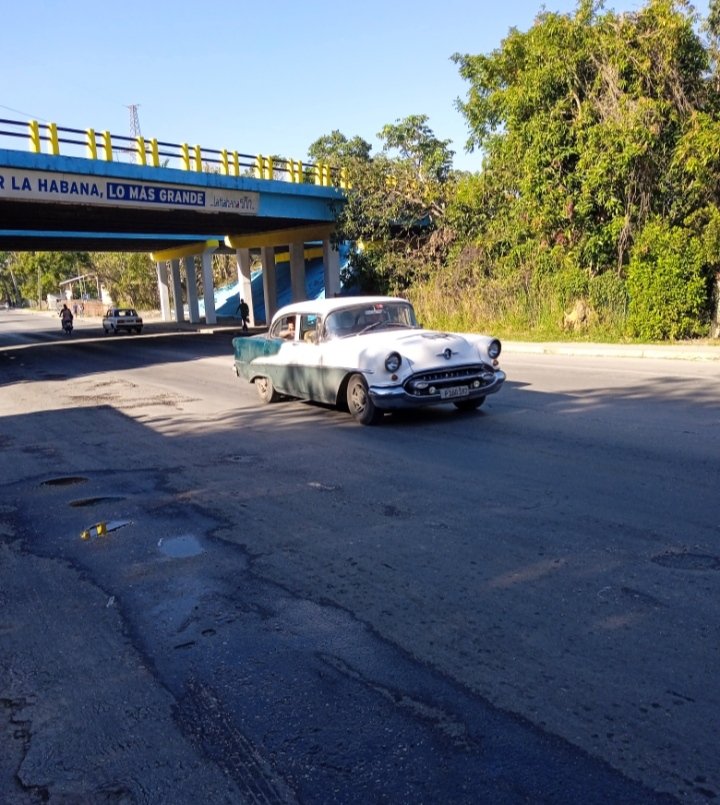
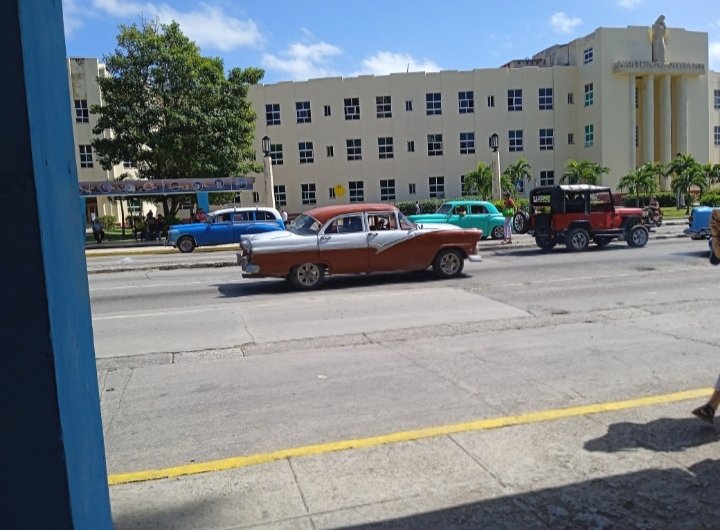
Cuba es un museo gigante. Y ya que hablamos de museos, vale mencionar el Museo del Automóvil en el Parque Baconao, en Santiago de Cuba, donde se exhiben varios de estos autos que fueron propiedad de grandes personalidades. También está el Museo del Transporte en La Habana, donde se encuentra el auto que manejó Macorina, la primera mujer que tuvo licencia de conducir en América y a la que le dedicaron una pegajosa canción.



Cada año se realiza en La Habana un Desfile de Autos Antiguos, un evento que atrae mucho turismo. Es un derroche de lujo, una tradición que engalana y llena de colores y brillo a la capital.
Supongo, porque nunca he viajado fuera de Cuba, que ver alguna de estas reliquias por las calles de algún país desarrollado puede resultar inusual y anacrónico. Sin embargo, aquí, en mi tierra, es lo más normal del mundo.
Contenido original. Traducido al inglés con DeepSeek. Imágenes de mi propiedad
Bannners hechos en Canva por cortesía de @yuraimatc y @maiasun84


FROM THE TOWN'S ALMENDRÓN TO THE TOURISM ALMENDRÓN.
Hello, Hivers✨
With a greeting😘 to the members of this community, I share this post with you. Thank you in advance for reading.🙏

In Cuba, as a general rule, almost everything arrives late: from fashion to technology. And transportation is no exception to this reality. Modern cars also took their time to arrive, which is why there is an arsenal of old or classic cars here, such as Chevrolets, Fords, and Plymouths, among others, that have been running since they arrived in the country from the United States back in the 1940s. In other words, they came to stay, like so many other things.

These rolling dinosaurs make up an important army in Cuban transportation, especially in the capital. They are called "almendrones" by popular imagination, due to the oval shape of many of them. And, of course, they have undergone changes, metamorphoses, and innovations that have allowed them to survive to this day. Many of them have had parts from other cars adapted to keep them in service.

But it is worth noting that these machines, as they are also often called here, are classified into several groups (Class A and Class B, in my understanding), as each has different characteristics and functions. Even the way drivers speak and dress varies between them.


So, if you see one or more of these shiny cars near a hotel, restaurant, or tourist center, with impeccable and glossy paint, sparkling windows, and even convertibles, with a muffler on the exhaust pipe, and if the driver's language is respectful and their clothing is elegant (hat, guayabera, dress pants, and dress shoes), you can be sure it is a Class A car, intended for tourist service. Only those who pay in hard currency, whether Cubans or foreigners, can ride in them.







On the other hand, if you are walking down a street and see a dirty almendrón (I clarify that not all of them are like this), with worn-out paint, a cracked windshield, emitting a lot of smoke or making a lot of noise, and if the driver usually uses colloquial language and their clothing is not elegant, you can be sure it is Class B and transports "ordinary mortals," everyday people from the town. Although, in recent times, prices have risen so much that not even any ordinary mortal can afford to use them. I myself think twice before deciding to ride in one.






Cuba is a giant museum. And since we're talking about museums, it's worth mentioning the Automobile Museum in Baconao Park, in Santiago de Cuba, where several of these cars that belonged to great personalities are exhibited. There is also the Transportation Museum in Havana, which houses the car driven by Macorina, the first woman in America to have a driver's license, to whom a catchy song was dedicated.



Every year, an Antique Car Parade takes place in Havana, an event that attracts a lot of tourism. It is a display of luxury, a tradition that adorns and fills the capital with colors and brilliance.
I suppose, since I have never traveled outside of Cuba, that seeing one of these relics on the streets of a developed country might seem unusual and anachronistic. However, here in my homeland, it is the most normal thing in the world.
Original content. Translated into English with DeepSeek. Images are my property.
Banners made in Canva courtesy of @yuraimatc and @maiasun84.


Las fotos son preciosas.
La historia muy interesante. Lamentablemente tenemos esa dualidad para transportarnos en Cuba. Es como si los forasteros tuvieran cierto valor por encima de los nacionales.
Cosa muy mal por supuesto. Tengo fe en que algún día todo cambiará como dijo el cantor X Alfonso.
Éxitos 💎
La esperanza es nuestra tabla de salvación, hay que aferrarse a ella. Muchas gracias por tu lectura y comentario.😘🙏
Cuánta belleza capturada por tu lente...
A pesar del dolor que nos duele... prefiero quedarme con lo hermoso. ¡Gracias por el viaje!
Así es, duele, pero lo bello es bello y eso no se puede negar. Gracias 🙏😘
A ti 🙏
Qué belleza . Amo los autos clásicos y tú nos has regalado una pasarela
Congratulations @kpoulout! You have completed the following achievement on the Hive blockchain And have been rewarded with New badge(s)
Your next target is to reach 900 upvotes.
You can view your badges on your board and compare yourself to others in the Ranking
If you no longer want to receive notifications, reply to this comment with the word
STOPExcelente. Los almendrones han llegado a ser un patrimonio, la imagen Cuba más conocida. Éxitos
Cuba tiene tanta maravilla...
Ojalá todos pudiéramos disfrutarla. Muchas gracias.😘🙏
Un excelente acercamiento. Gracias
A veces no sé si los almendrones son una desgracia o una bendición, la verdad es que son una parte importante de todo lo que rueda en Cuba, pero por la otra son los protagonistas de la mayoría de los accidentes. Como todo en este país, tienen de oro y de fango. Gracias por tus fotos maravillosas y tu texto realista.
Gracias a ti por tus palabras y por la lectura.😘🙏